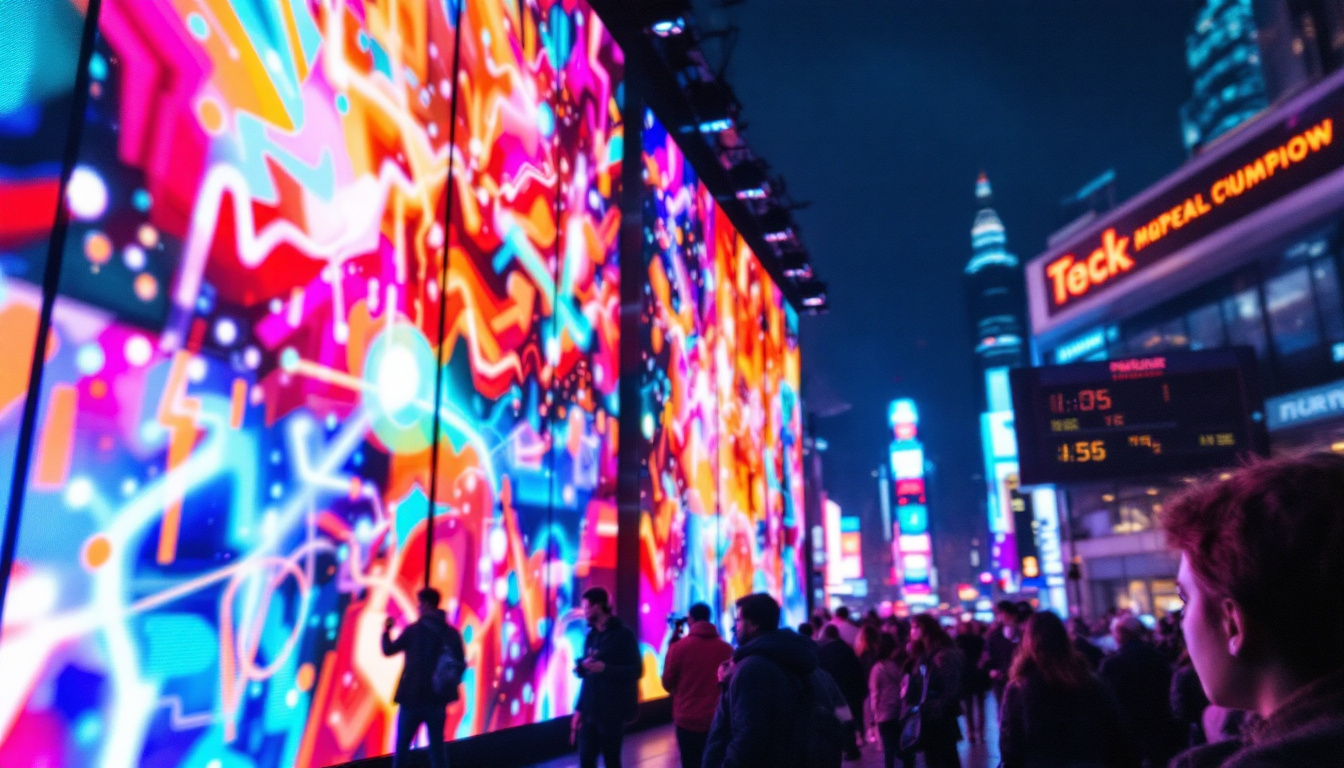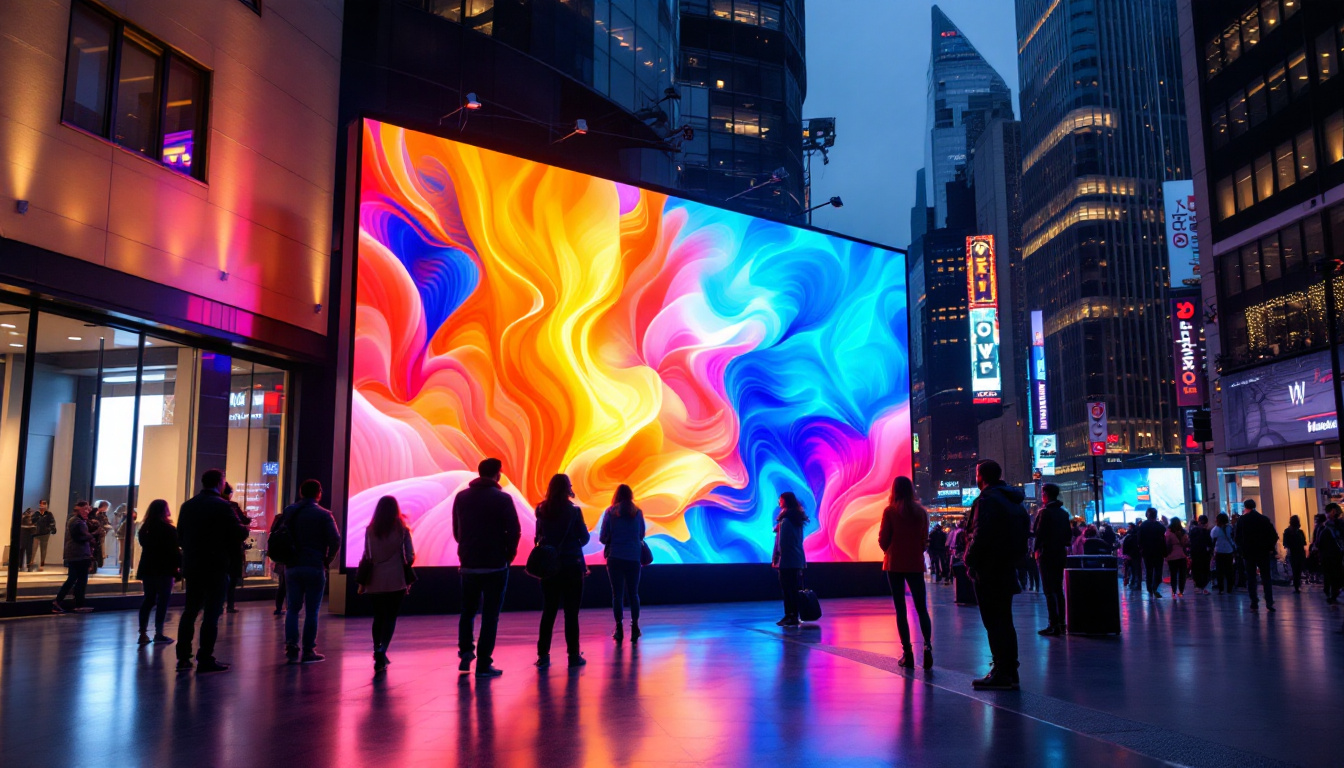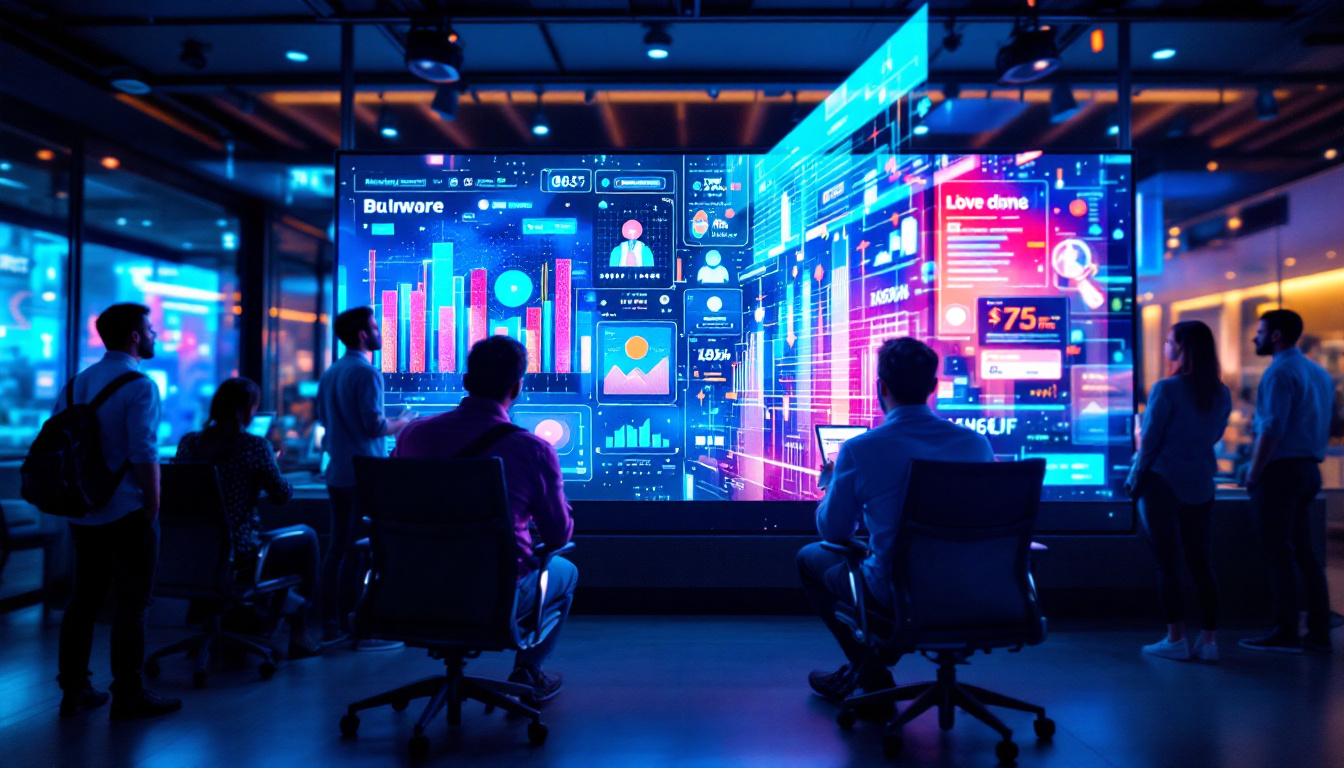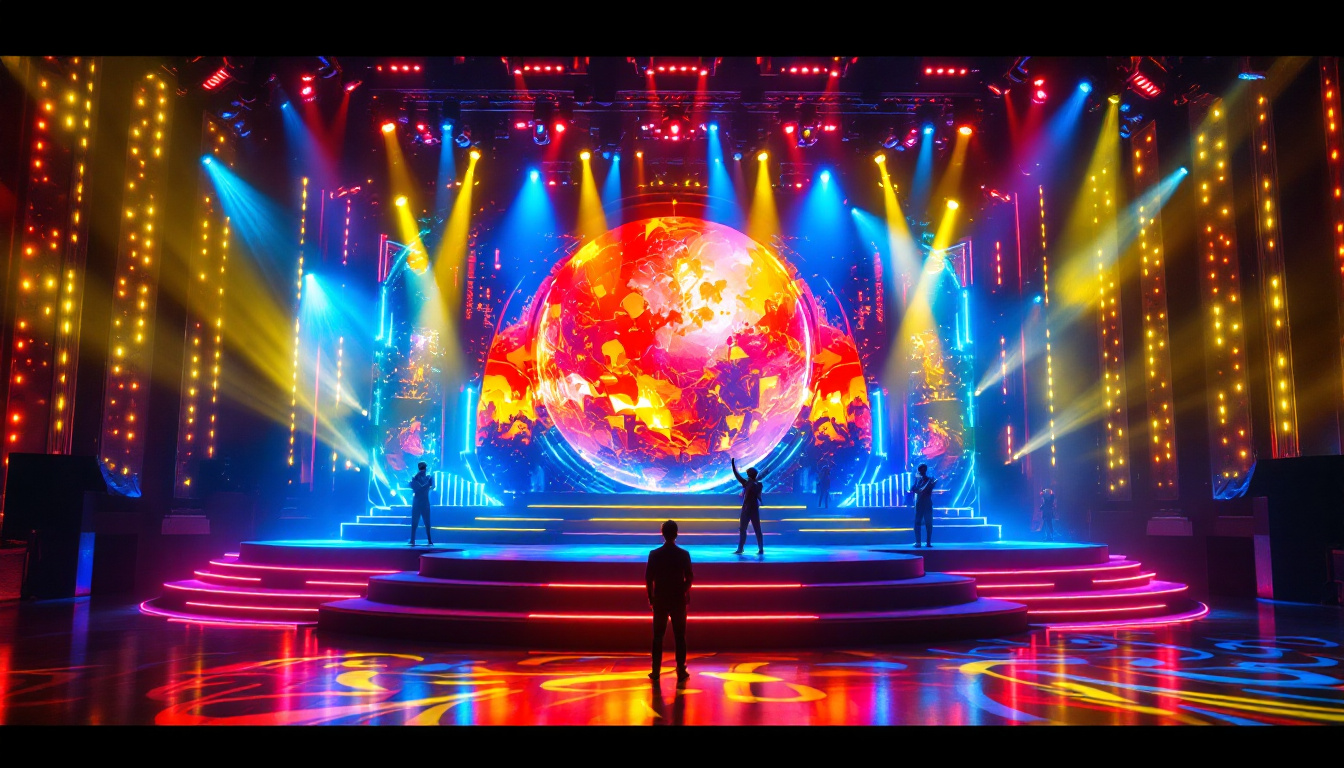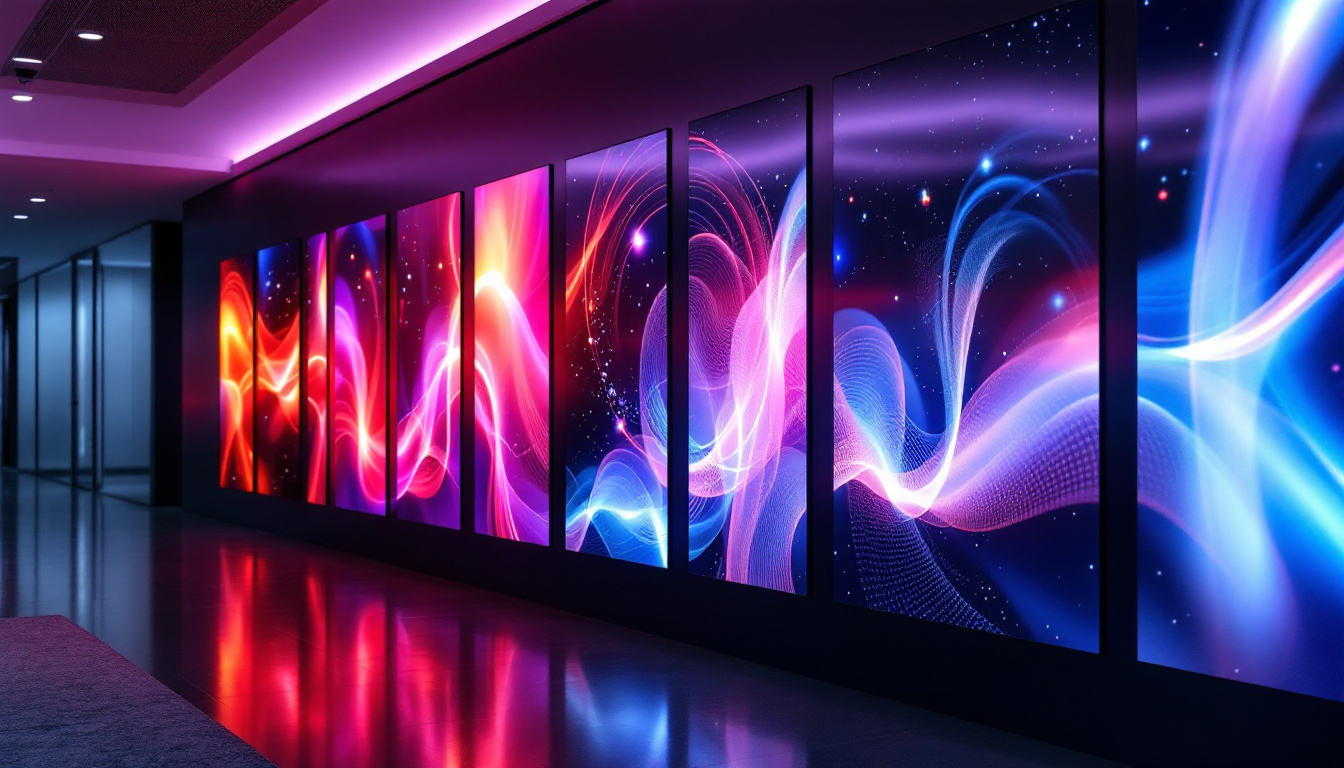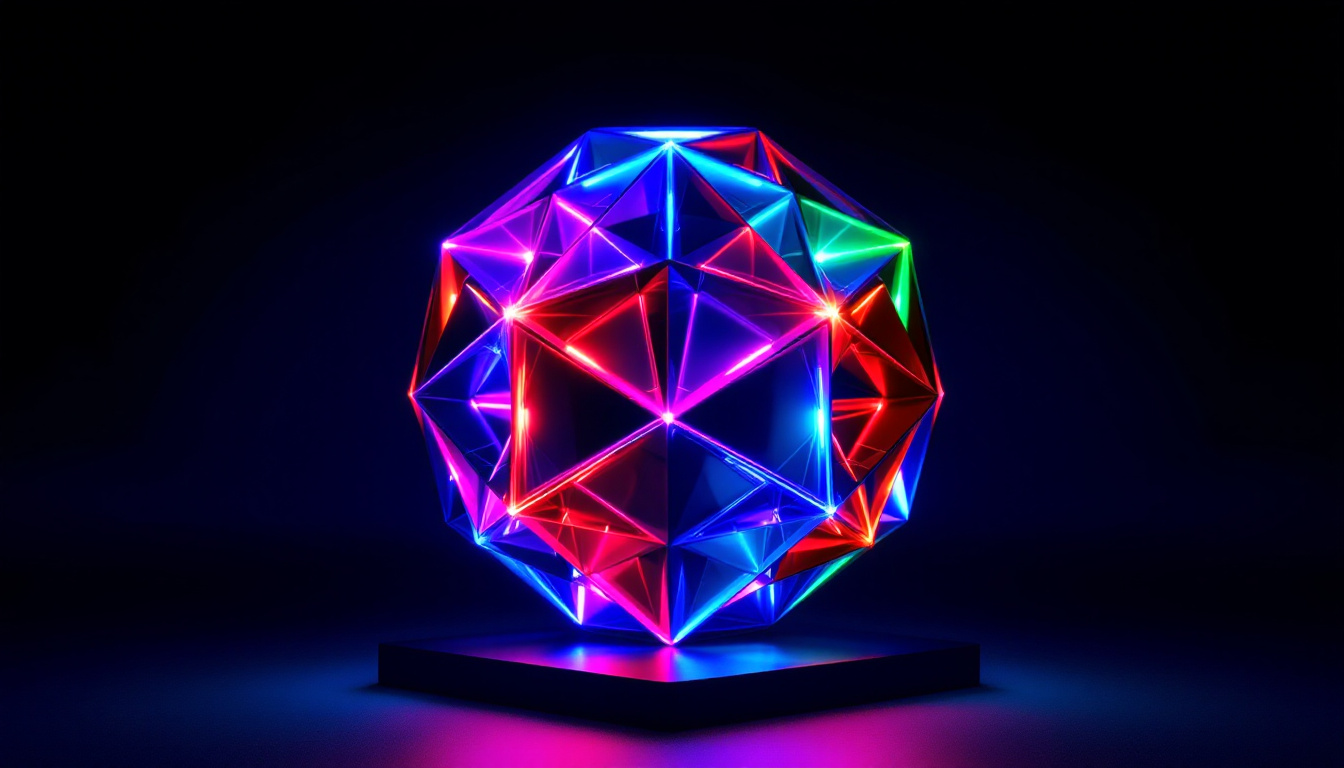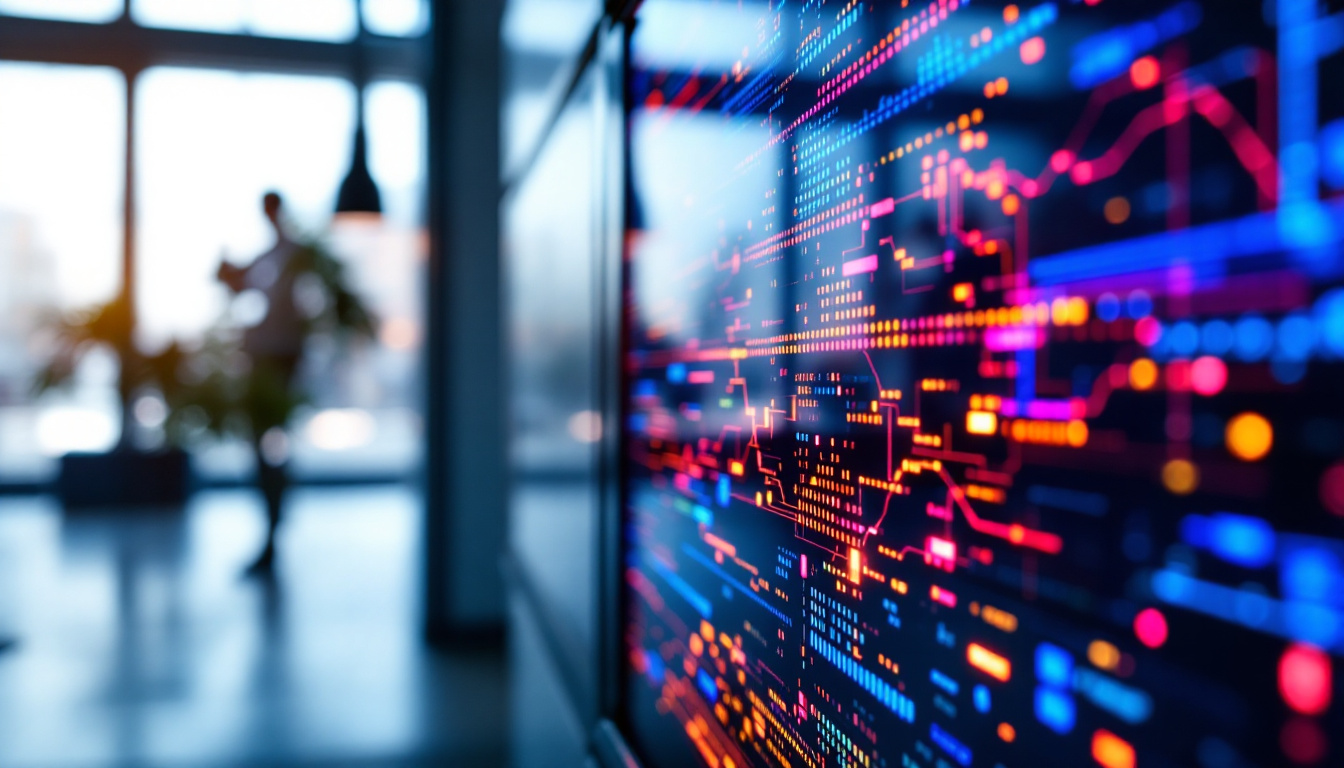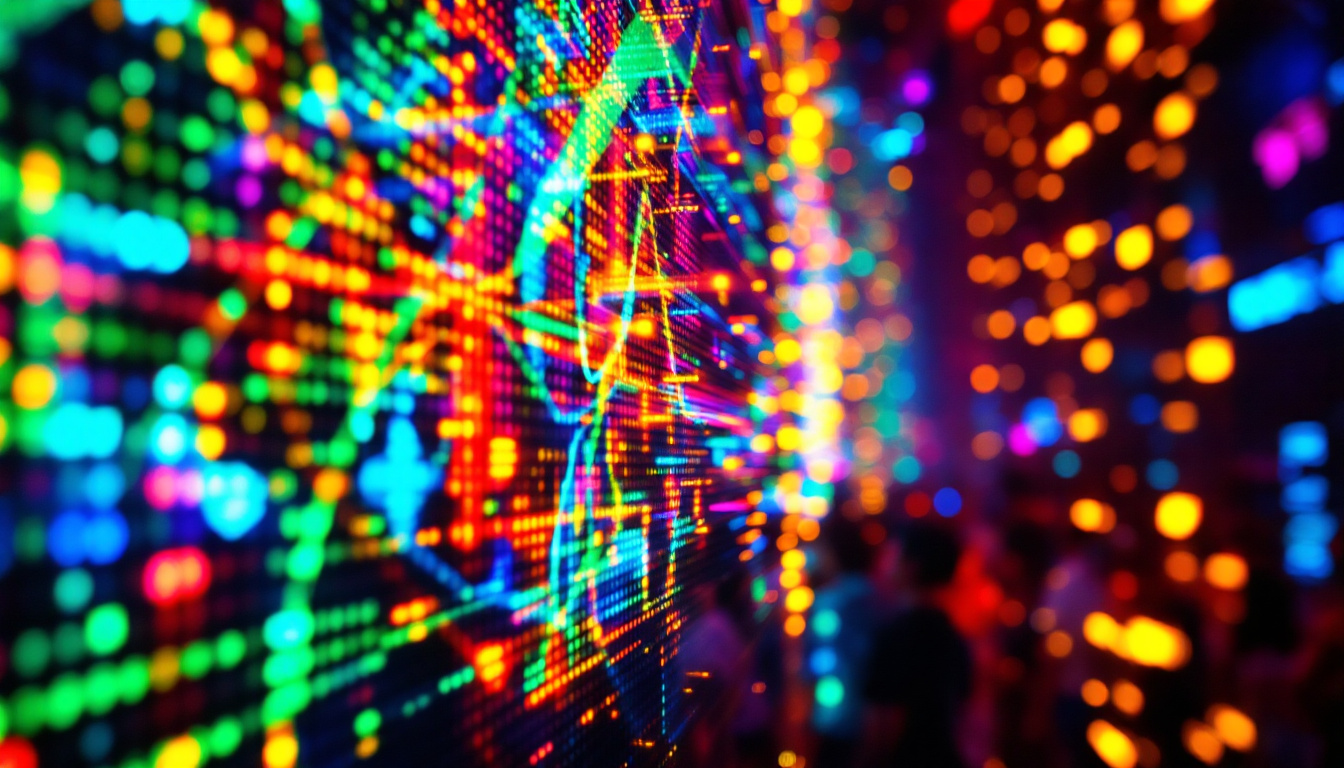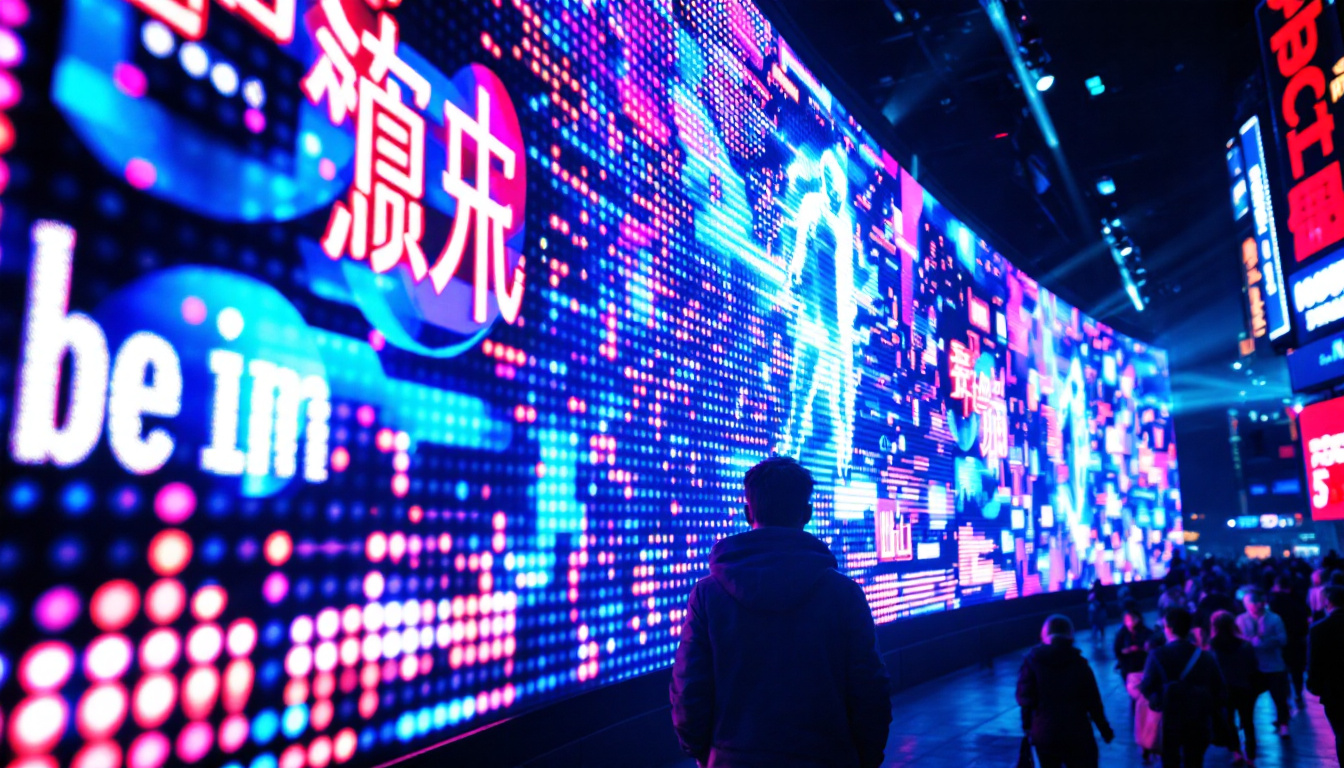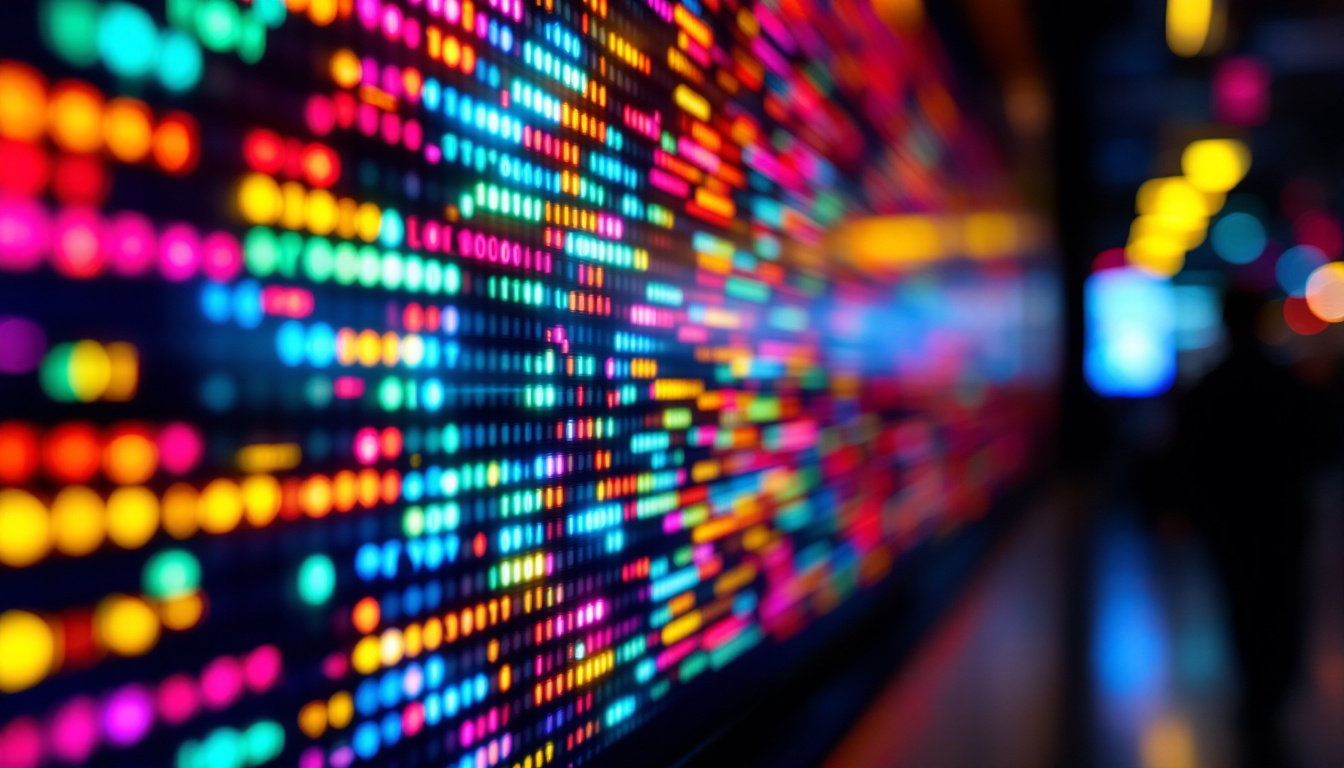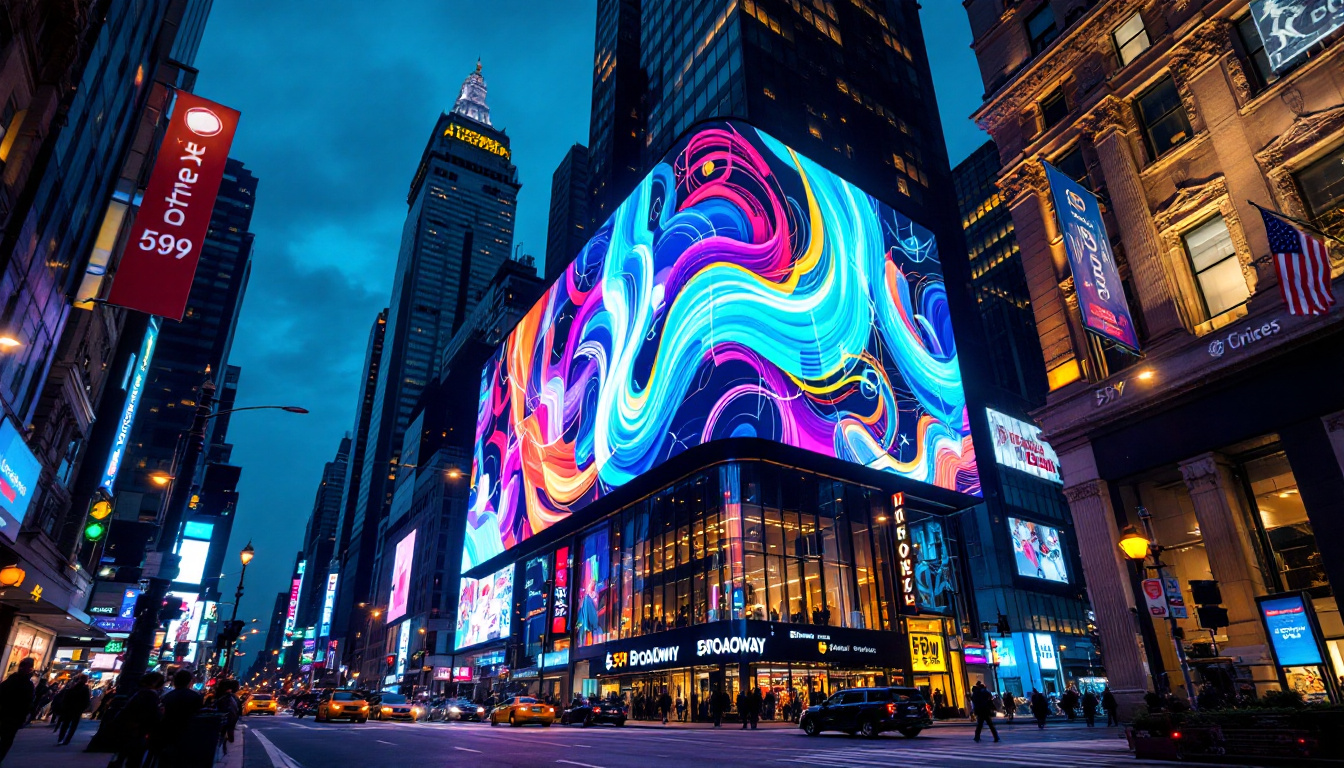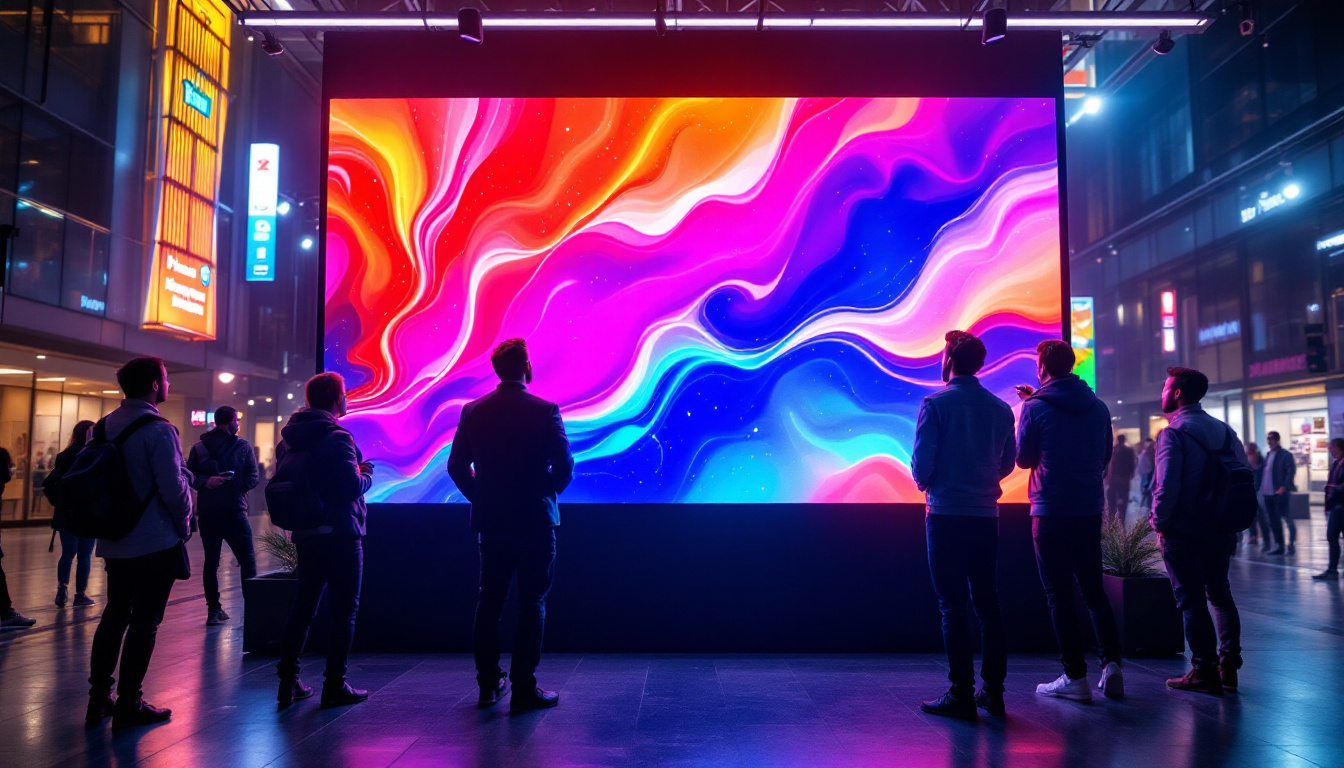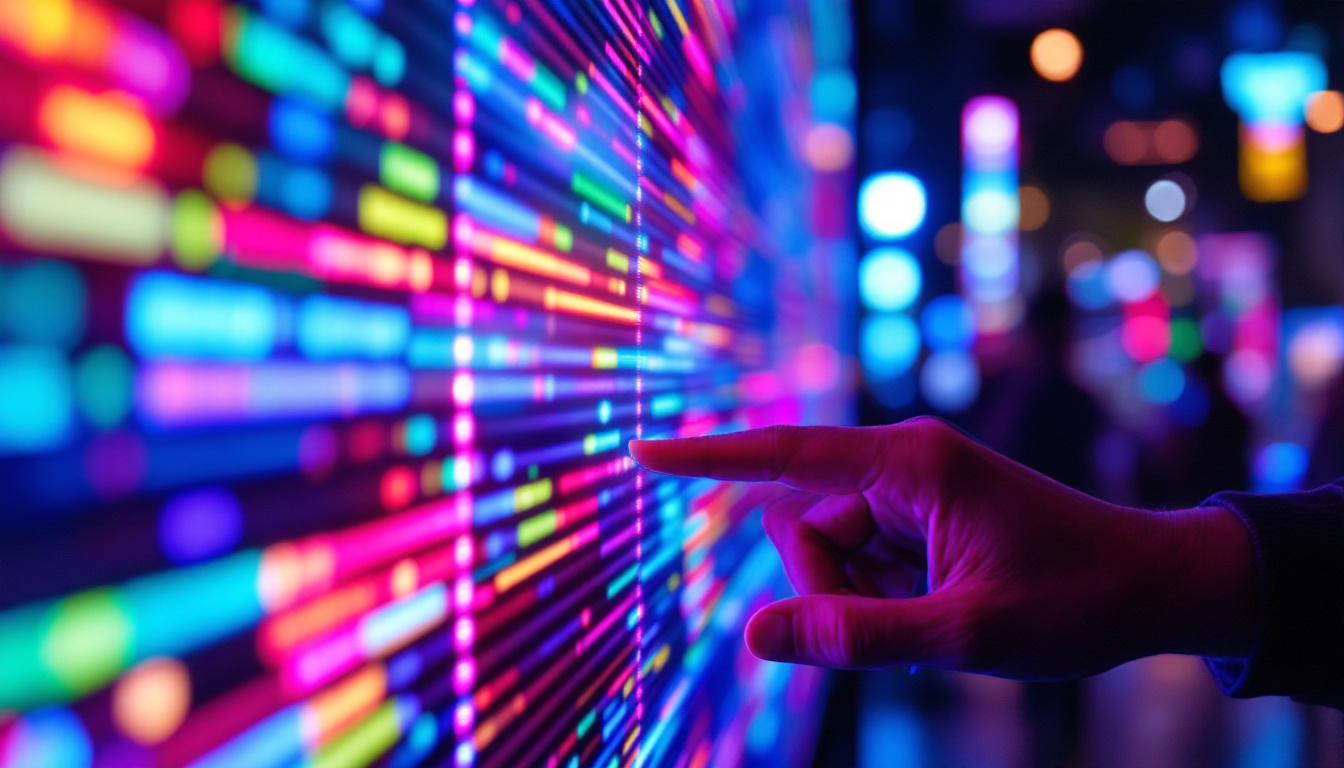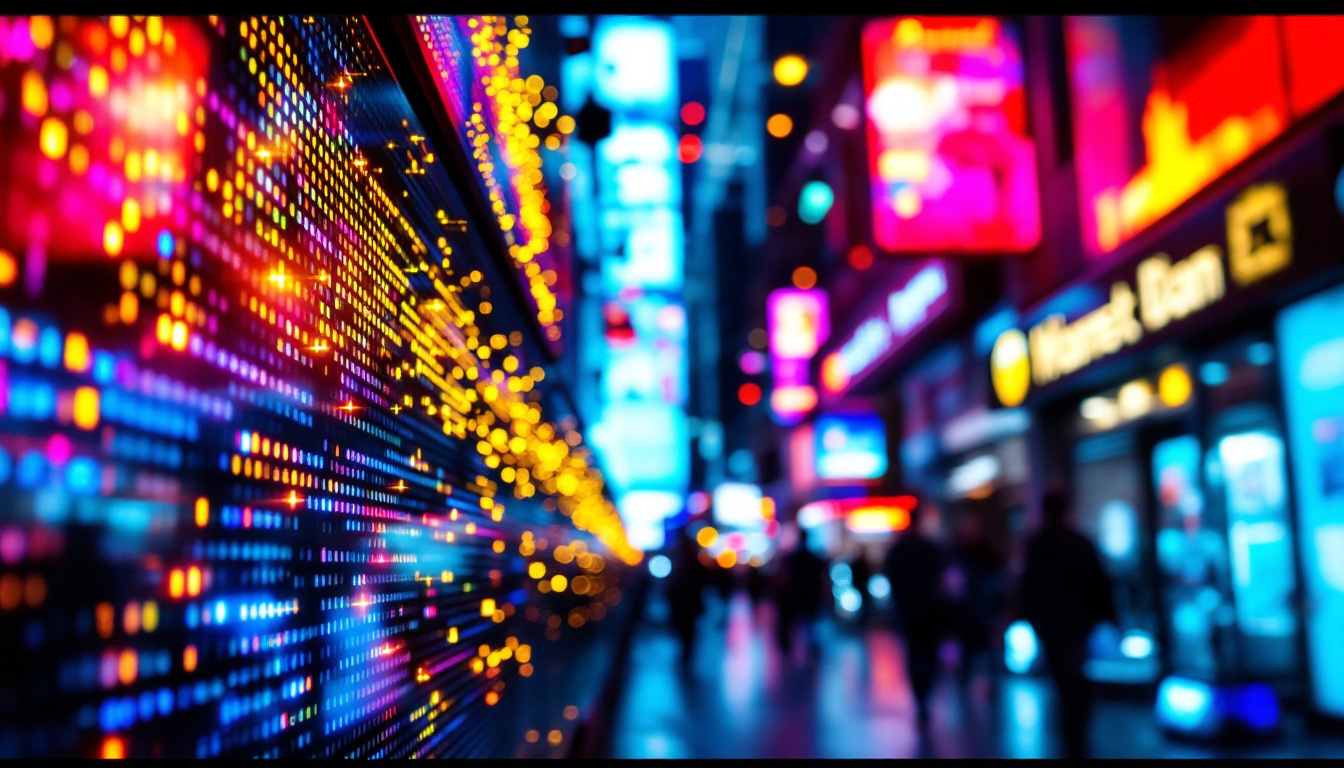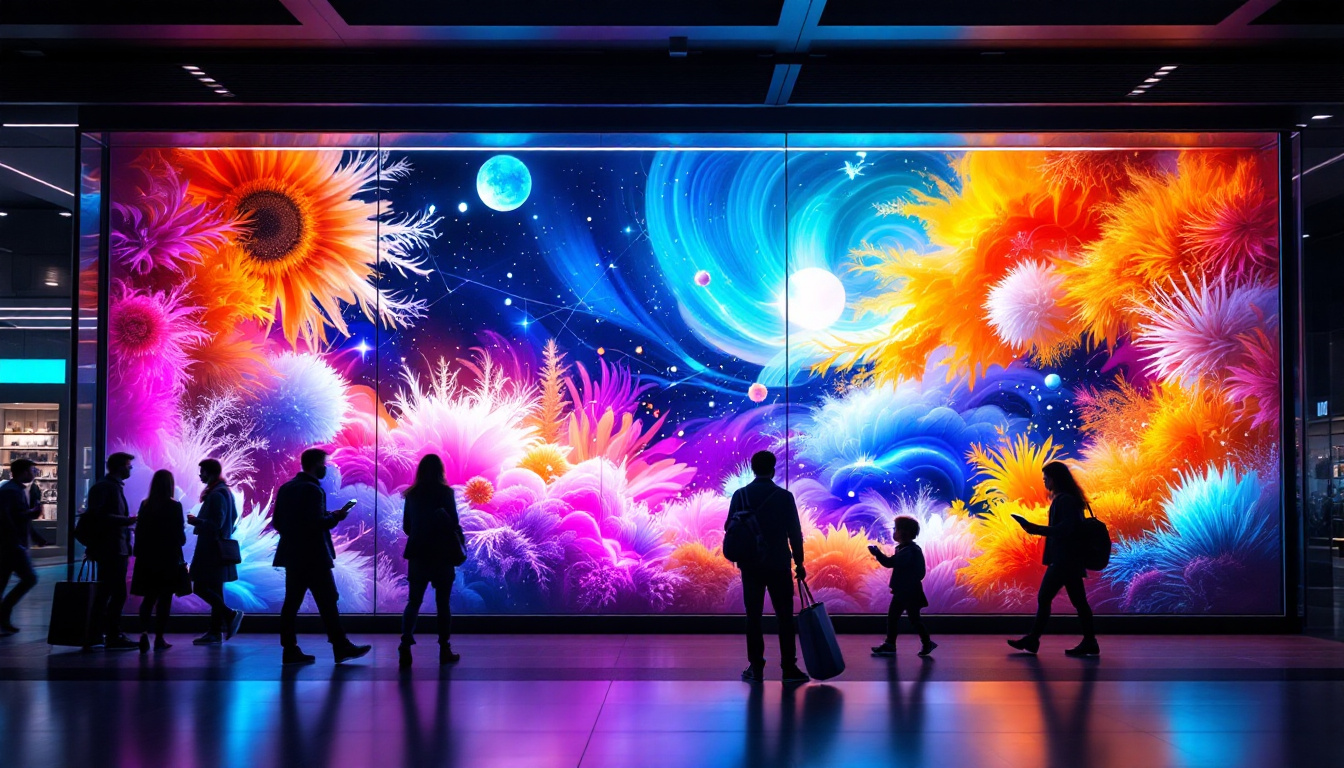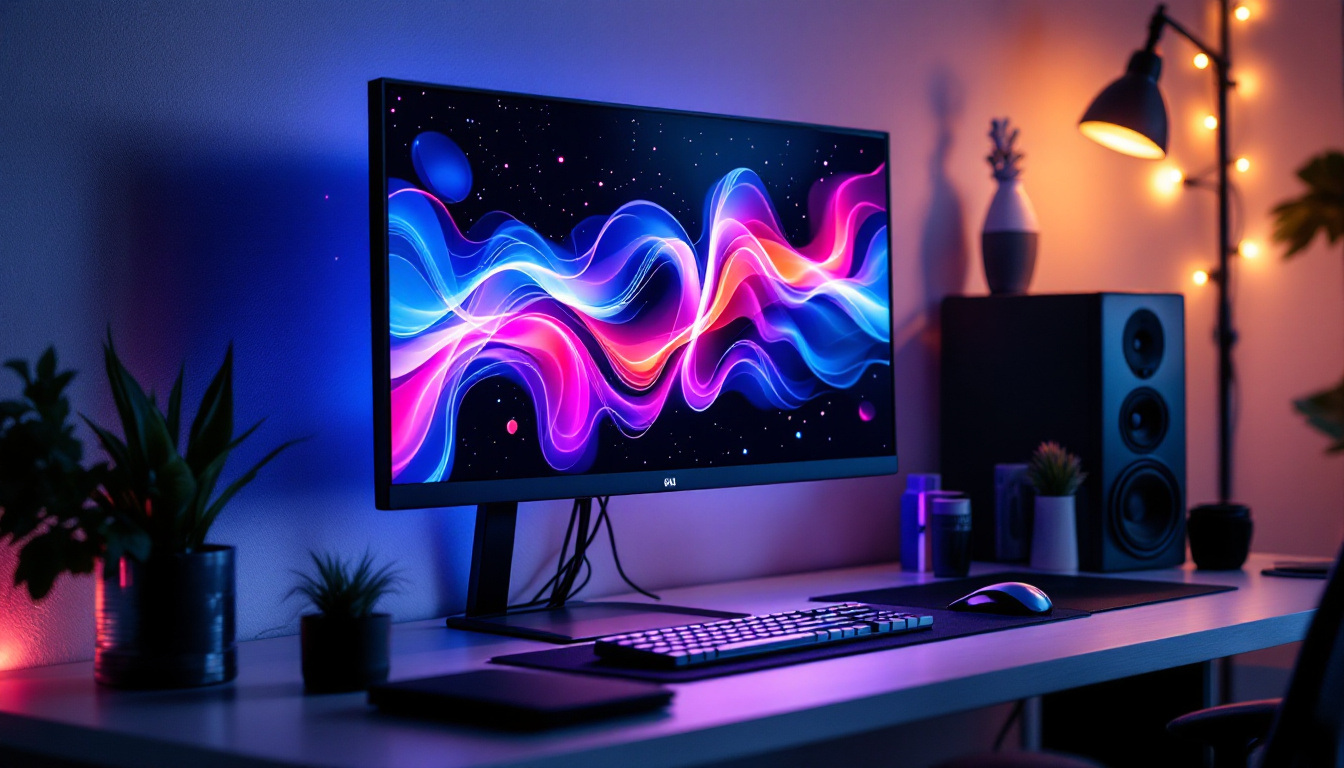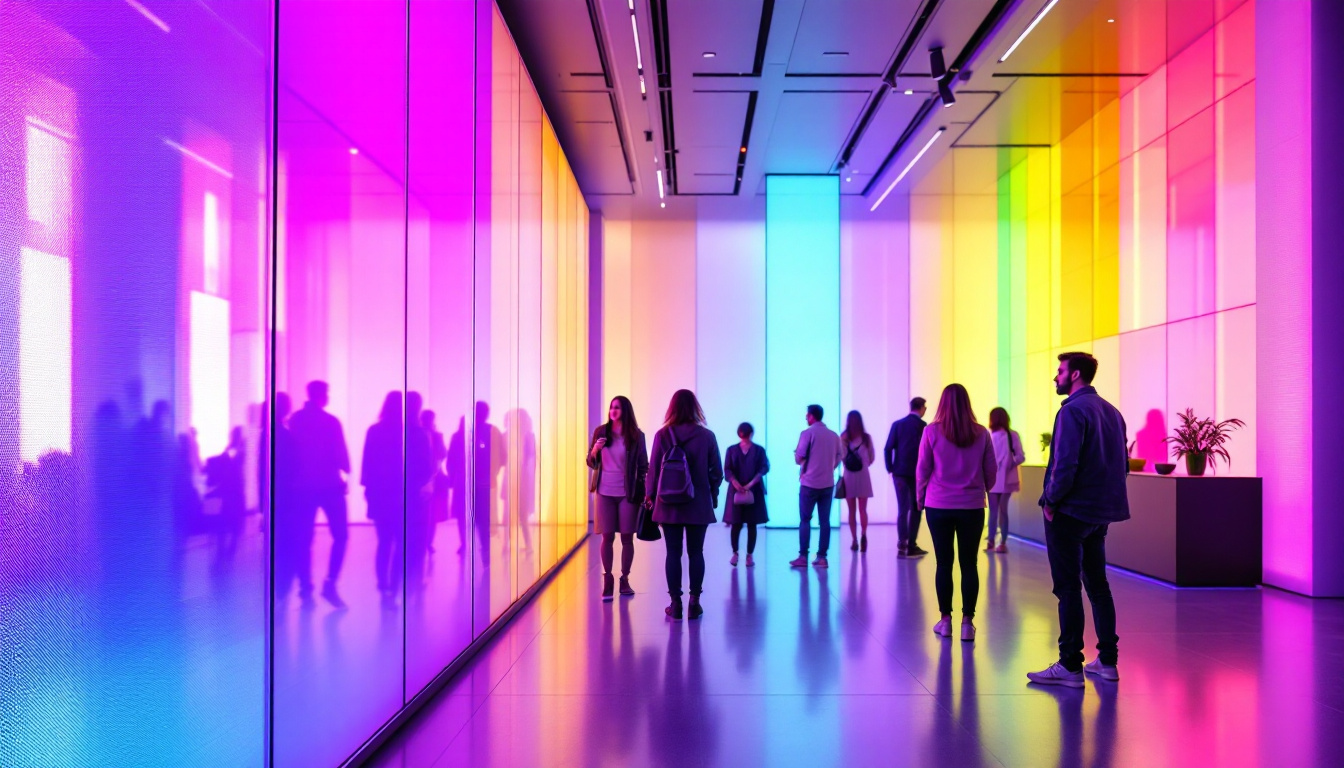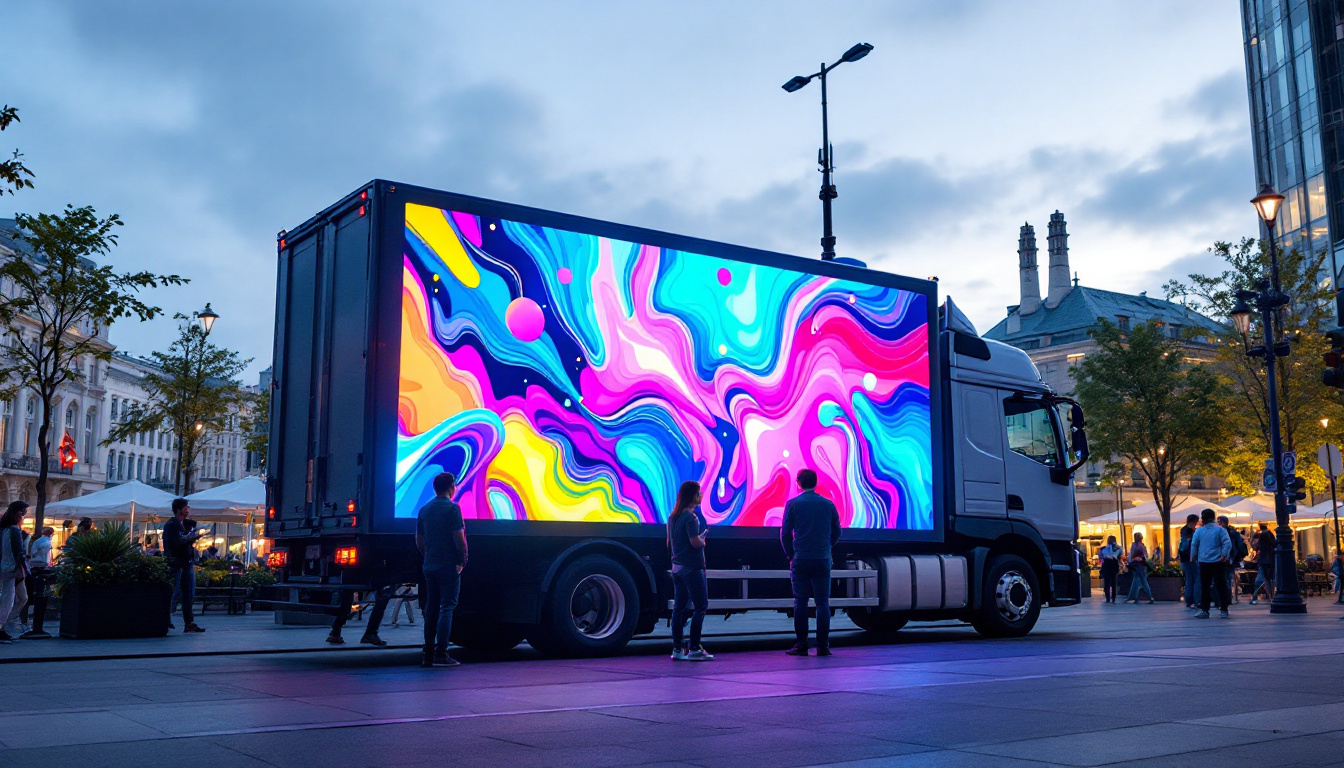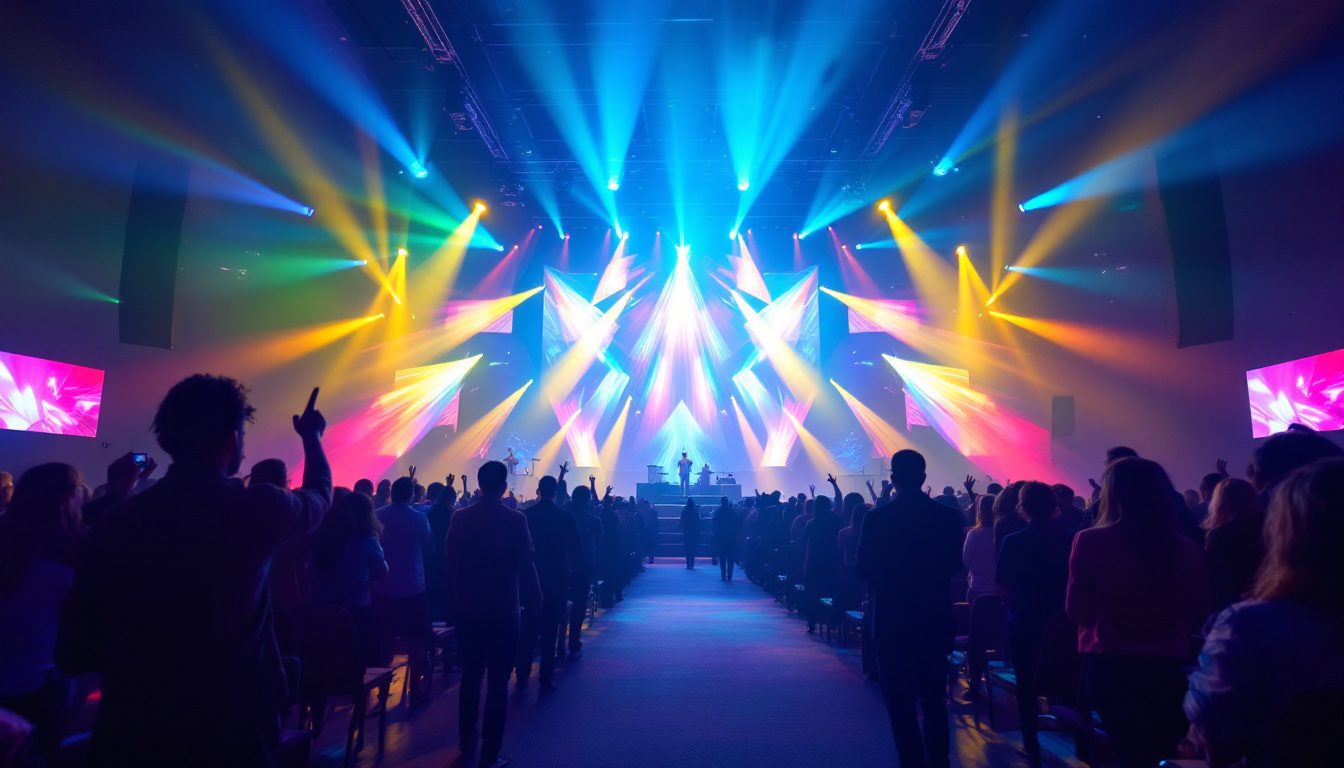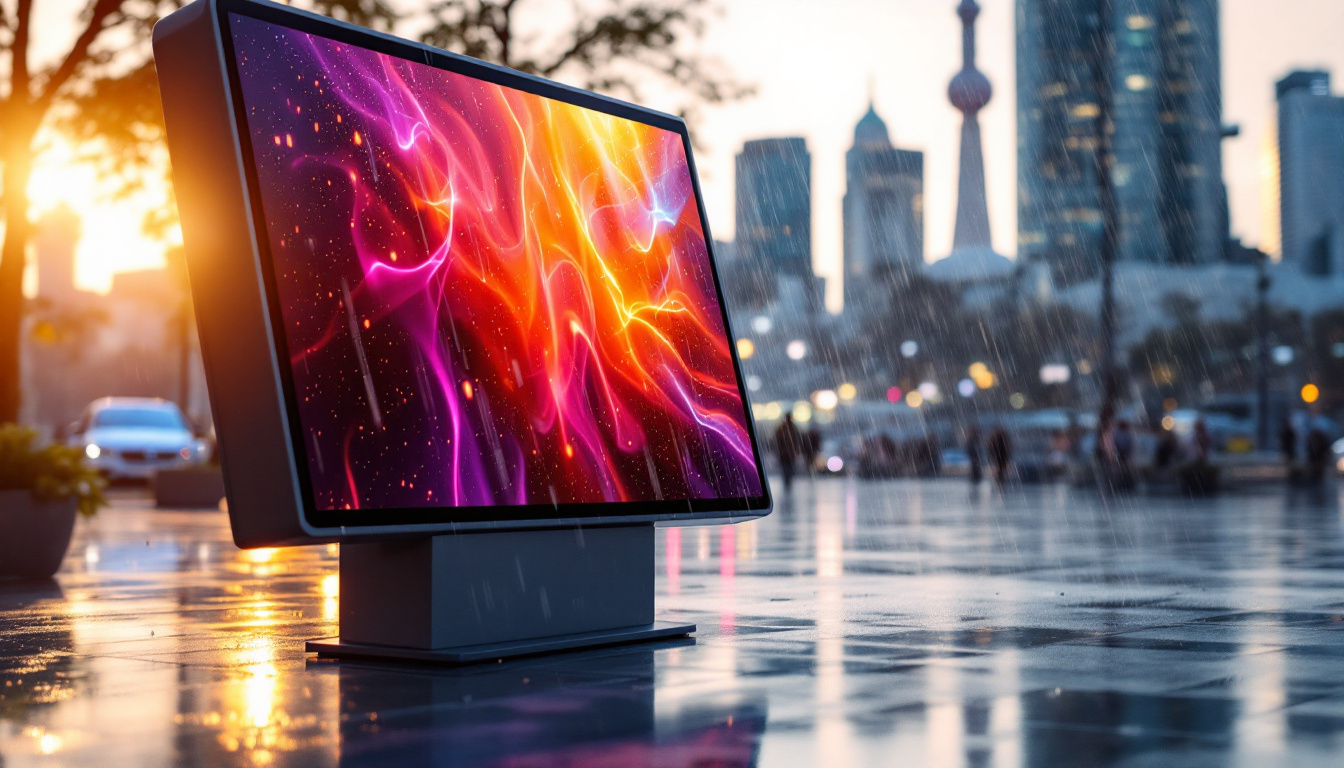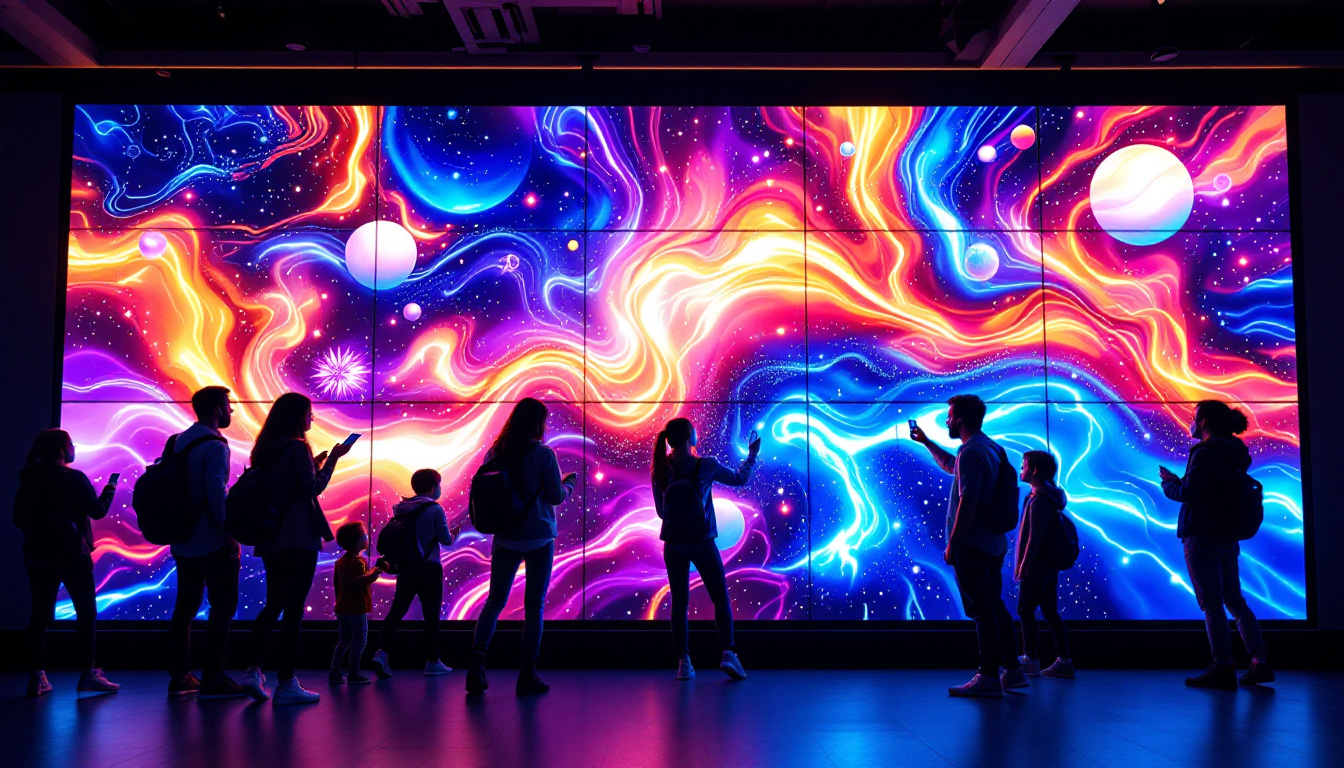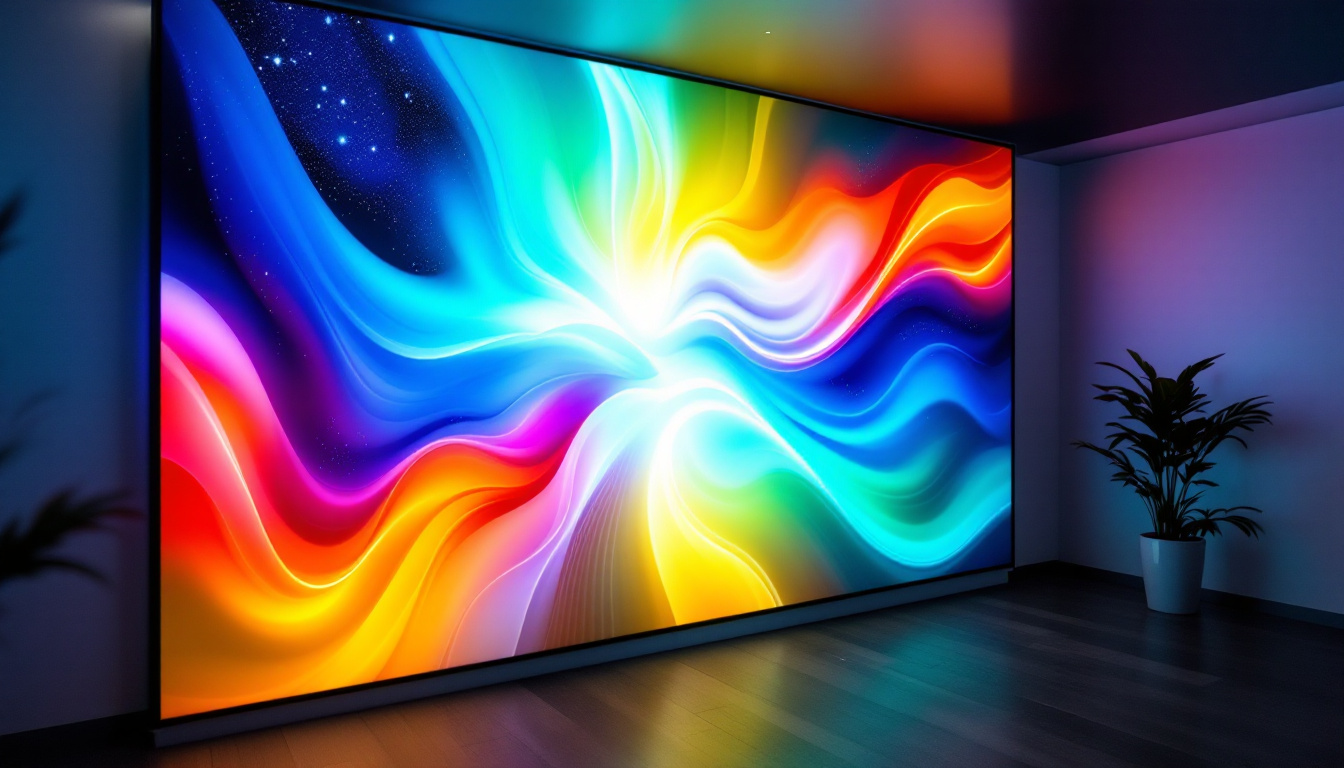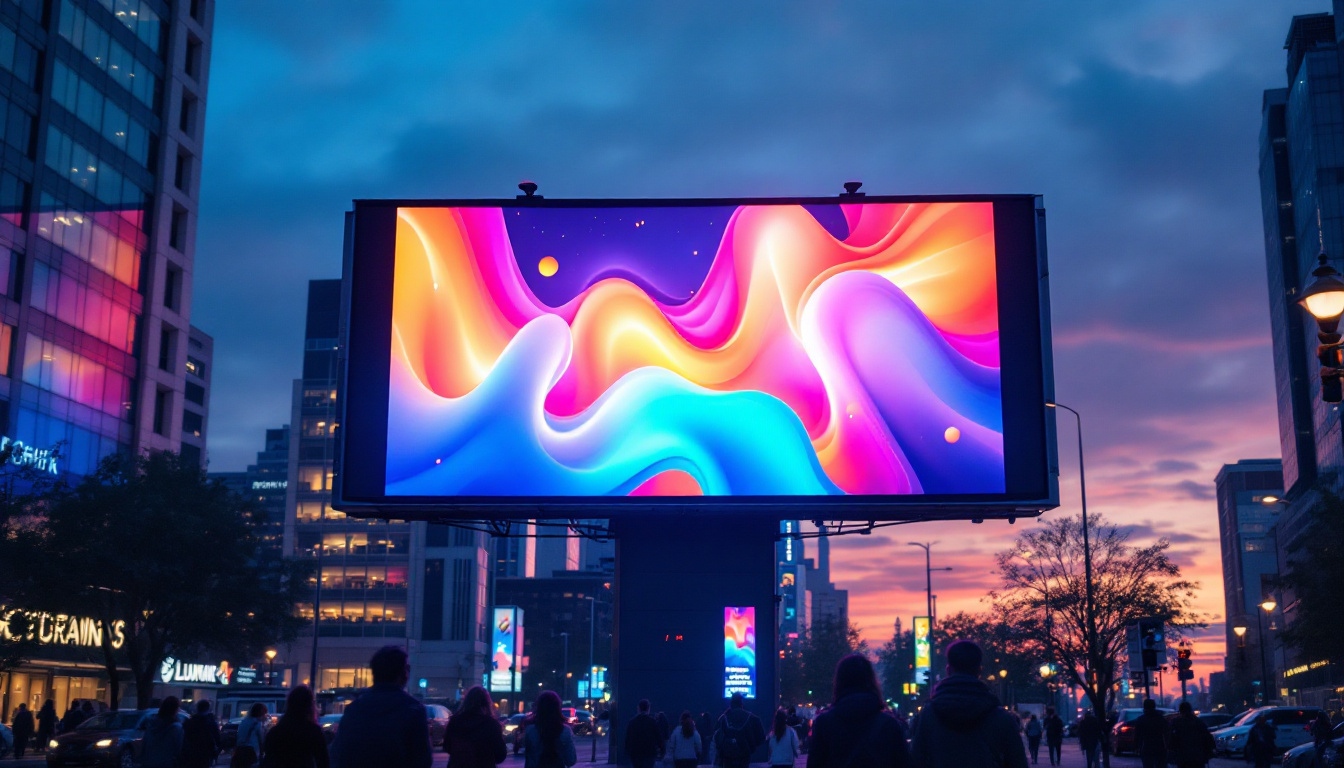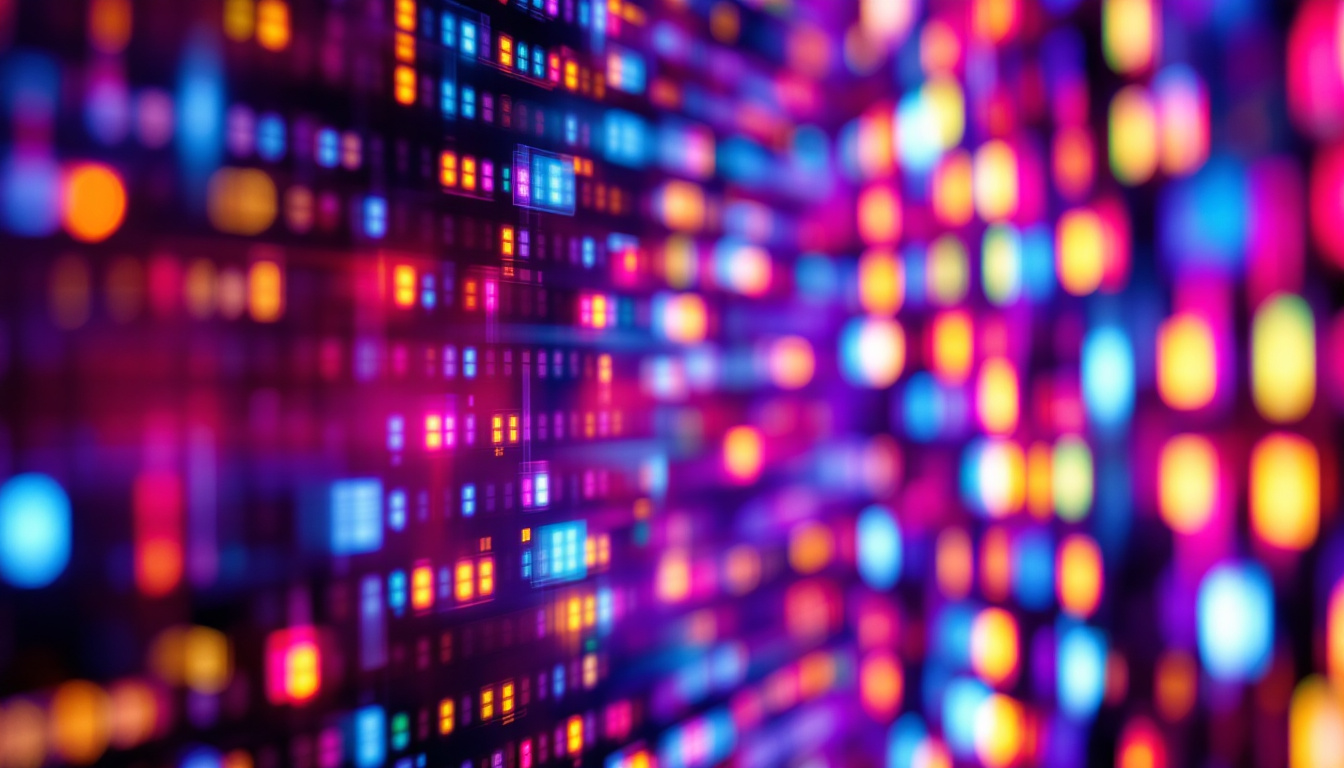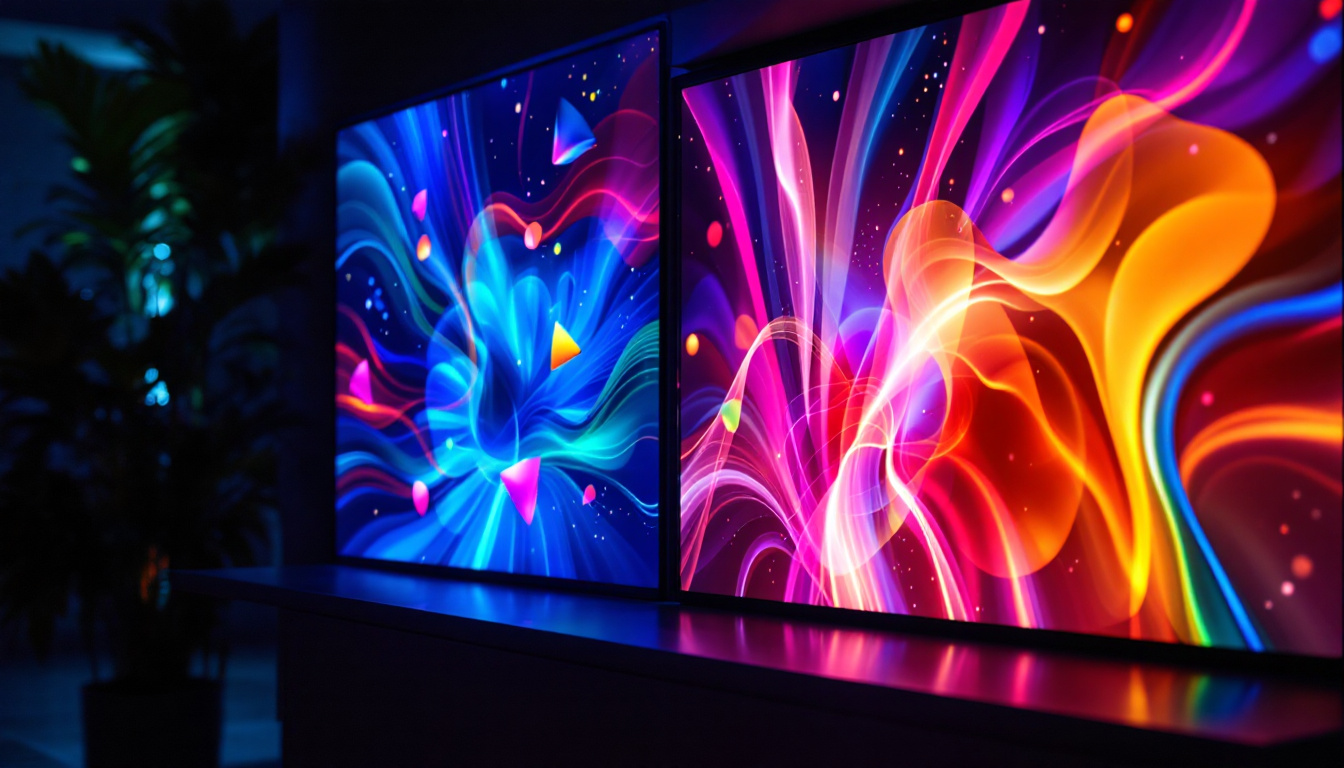In today’s digital age, large video displays have become a staple in various environments, from sports arenas and concert venues to corporate offices and retail spaces. Among the different technologies available, LED (Light Emitting Diode) displays stand out for their versatility, brightness, and energy efficiency. This article delves into the intricacies of LED displays, exploring their components, advantages, and applications.
Understanding LED Technology
LED technology is based on the principle of electroluminescence, where a semiconductor material emits light when an electric current passes through it. This process allows for the creation of vibrant colors and high-quality images, making LED displays a popular choice for large video installations. The efficiency of LEDs also contributes to their growing popularity, as they consume significantly less power compared to traditional lighting technologies, resulting in lower energy costs and a reduced environmental footprint. Additionally, the longevity of LED lights—often lasting tens of thousands of hours—means less frequent replacements, further enhancing their appeal for both commercial and residential applications.
Components of an LED Display
An LED display consists of several key components that work together to produce images and videos. The primary elements include:
- LED Modules: These are the building blocks of an LED display, containing multiple LEDs arranged in a grid. Each module can display different colors and brightness levels, contributing to the overall image quality. The arrangement and density of these modules can vary, allowing for customization based on the specific needs of the installation, whether it be for close-up viewing or large-scale displays.
- Control System: This system manages the content being displayed, ensuring that images and videos are rendered accurately. It can be programmed to show different content based on time, audience, or event. Advanced control systems also allow for real-time updates and remote management, enabling operators to change displays instantly, which is particularly useful for dynamic advertising and live event coverage.
- Power Supply: LED displays require a reliable power source to function efficiently. The power supply converts electrical energy to the appropriate voltage and current needed for the LEDs. Modern power supplies are designed to be energy-efficient and often include features such as surge protection and thermal management to ensure the longevity and safety of the display.
Types of LED Displays
There are various types of LED displays, each designed for specific applications. The most common types include:
- Direct View LED Displays: These displays are made up of individual LEDs that form the entire screen. They are known for their high brightness and can be viewed from wide angles, making them ideal for outdoor applications. Their robustness against weather conditions and sunlight makes them a preferred choice for billboards and stadiums, where visibility is paramount.
- LED Video Walls: Composed of multiple LED panels, video walls can create large, seamless displays. They are often used in control rooms, event venues, and advertising spaces. The modular nature of video walls allows for flexible configurations, enabling users to create unique shapes and sizes tailored to specific environments or branding needs.
- Transparent LED Displays: These innovative displays allow light to pass through, making them suitable for retail environments where visibility is essential. They can be used as windows or overlays on existing structures. This technology not only enhances aesthetic appeal but also provides an interactive experience for consumers, allowing brands to showcase products while maintaining an open, inviting atmosphere.
Advantages of LED Displays
LED displays offer numerous advantages over traditional display technologies, making them a preferred choice for many applications. Here are some key benefits:
High Brightness and Visibility
One of the standout features of LED displays is their exceptional brightness. They can produce vivid colors and sharp images, even in direct sunlight. This makes them suitable for outdoor advertising and events where visibility is crucial. Additionally, the high contrast ratio of LED displays enhances the clarity of images, ensuring that messages are easily readable from various distances. This capability is particularly beneficial in crowded urban environments where competing visual stimuli can overwhelm viewers.
Energy Efficiency
LED technology is inherently energy-efficient, consuming less power than traditional display technologies like LCD or projection systems. This not only reduces operational costs but also minimizes environmental impact, making LED displays a sustainable choice for businesses. Furthermore, many LED displays come with smart technology features that allow for adaptive brightness control, adjusting the display’s brightness based on ambient light conditions. This not only conserves energy but also prolongs the lifespan of the display, providing an even greater return on investment.
Longevity and Durability
LED displays are designed to last, with lifespans often exceeding 100,000 hours. They are also more resistant to shock and vibration, making them suitable for high-traffic environments. This durability translates to lower maintenance costs and fewer replacements over time. Moreover, LED displays are less prone to burn-in, a common issue with older technologies, ensuring that the quality of the displayed content remains consistent throughout its life. Their robust construction also allows them to perform well in a variety of weather conditions, from extreme heat to heavy rain, making them ideal for a wide range of outdoor applications.
Applications of LED Displays
The versatility of LED displays allows them to be used in a wide range of applications across various industries. Some notable uses include:
Advertising and Marketing
LED displays have revolutionized the advertising landscape. Their ability to display dynamic content and capture attention makes them ideal for billboards, storefronts, and event promotions. Advertisers can easily update content in real-time, maximizing engagement with potential customers. Furthermore, the vibrant colors and high contrast of LED technology ensure that advertisements stand out, even in bright sunlight, making them a preferred choice for outdoor advertising. With the integration of smart technology, these displays can also utilize data analytics to tailor advertisements based on audience demographics, location, and time of day, further enhancing their effectiveness.
Entertainment and Events
In the entertainment industry, LED displays are a common sight at concerts, festivals, and sporting events. They can create immersive experiences with stunning visuals and synchronized content, enhancing the overall atmosphere for audiences. The flexibility of LED technology allows for creative installations, such as large video walls or intricate stage backdrops that can transform the ambiance of any venue. Additionally, advancements in LED technology have led to the development of transparent and flexible displays, which can be used in innovative ways, such as wrapping around structures or being integrated into costumes, providing a unique visual experience that captivates audiences.
Corporate and Educational Settings
LED displays are increasingly being used in corporate offices and educational institutions. They serve as effective communication tools for presentations, training sessions, and informational displays. Their clarity and brightness ensure that content is easily visible to large audiences. In corporate environments, LED displays can facilitate collaboration by displaying real-time data, project updates, and video conferencing feeds, fostering a more connected workplace. In educational settings, these displays can enhance learning experiences by showcasing interactive content, educational videos, and live demonstrations, making lessons more engaging for students. Moreover, the durability and low maintenance costs of LED technology make them a cost-effective solution for institutions looking to invest in long-term visual communication tools.
Challenges and Considerations
While LED displays offer numerous advantages, there are also challenges and considerations to keep in mind when implementing this technology.
Initial Costs
The initial investment for LED displays can be significant, especially for large installations. However, it’s essential to consider the long-term savings on maintenance and energy costs, which can offset the upfront expenditure over time.
Installation and Maintenance
Proper installation is crucial for optimal performance. This may require professional assistance, particularly for large video walls or outdoor displays. Additionally, while LED displays are durable, regular maintenance is still necessary to ensure consistent performance and longevity.
Content Management
Managing content for LED displays can be complex, especially for businesses that frequently update their messaging. Investing in a robust content management system is essential to streamline this process and ensure that the right content is displayed at the right time.
The Future of LED Displays
The future of LED displays looks promising, with ongoing advancements in technology and design. Innovations such as flexible LED screens, improved resolution, and enhanced color accuracy are paving the way for even more applications.
Emerging Technologies
As technology evolves, new forms of LED displays are emerging. For instance, microLED technology offers the potential for even higher resolution and efficiency. Additionally, advancements in artificial intelligence and machine learning are being integrated into content management systems, allowing for more personalized and targeted advertising.
Integration with Smart Systems
With the rise of smart cities and IoT (Internet of Things), LED displays are increasingly being integrated into smart systems. This allows for real-time data display, interactive content, and enhanced user engagement, creating a more dynamic experience for viewers.
Conclusion
LED displays have transformed the landscape of visual communication, offering unmatched brightness, energy efficiency, and versatility. From advertising and entertainment to corporate and educational applications, their impact is undeniable. As technology continues to advance, LED displays will likely play an even more significant role in shaping how information is shared and experienced. Understanding the intricacies of this technology empowers businesses and organizations to leverage its benefits effectively, ensuring they remain at the forefront of innovation in a rapidly evolving digital world.
In summary, investing in LED display technology is not just about keeping up with trends; it’s about embracing a future where visual communication is more engaging, efficient, and impactful than ever before.
Discover LumenMatrix LED Display Solutions
Ready to elevate your visual communication with the latest in LED display technology? Look no further than LumenMatrix, a pioneer in crafting immersive and dynamic visual experiences. Whether you’re seeking to captivate audiences with an Indoor LED Wall Display, make a bold statement with an Outdoor LED Wall Display, or innovate with Custom LED Display solutions, LumenMatrix has you covered. Embrace the future of engagement with our comprehensive range of LED displays, including specialized options like Vehicle LED Displays, LED Sports Displays, and LED Transparent Displays. Don’t miss the opportunity to transform your space and message. Check out LumenMatrix LED Display Solutions today and join the revolution in visual storytelling.

